The science of sleep and yoga
Yoga [1], an ancient practice rooted in Indian philosophy that most people in the Western world are familiar with, has been shown to positively influence both the body and the mind, offering significant benefits for sleep quality.
Scientific studies [2] often show that regular yoga practice improves sleep quality by reducing stress and calming the nervous system.
This calming effect is partly attributed to yoga’s ability to decrease the production of cortisol, the body’s primary stress hormone, thereby promoting relaxation and making it easier to fall asleep - and stay asleep.
Moreover, yoga’s impact on the nervous system through the activation of the parasympathetic nervous system, often referred to as the “rest and digest” system, further facilitates a state of calm and relaxation conducive to sleep.
By reducing stress and balancing hormonal levels, yoga helps regulate the body’s natural sleep-wake cycles, which is important for the production of melatonin, the hormone directly responsible for regulating sleep.
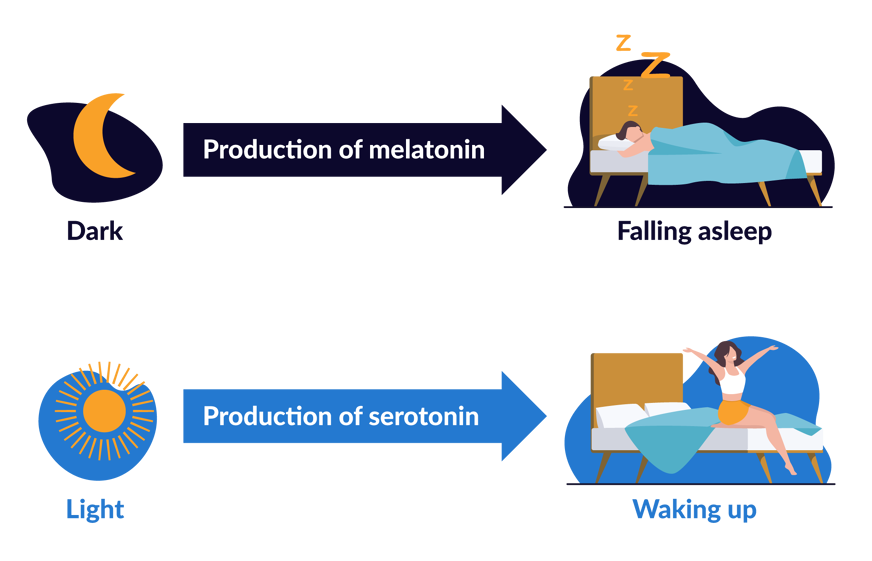
In addition to the physiological benefits, the psychological effects of yoga, including enhanced mindfulness and reduced anxiety, contribute to improved sleep quality.
The meditative aspects [3] of yoga encourage a focus on the present moment and help mitigate the racing thoughts that often hinder sleep.
By fostering a state of mental clarity and relaxation, yoga practitioners [4] can achieve a more peaceful mind, easing the transition into restful sleep.
Key yoga practices for enhancing sleep quality
So, which types of yoga should you be doing to snooze better?
It turns out that not all yoga is helpful for sleep (head to the FAQs for more on this), but there are some specific practices and poses that can help you achieve better sleep.
Gentle asanas
Incorporating gentle yoga poses into your evening routine can significantly improve sleep quality.
Try the following:
- Standing forward bend (uttanasana): Stand tall, and then bend your torso down slowly over the front of your legs. Depending on your flexibility, your hands can rest on your elbows, shins, or the floor.
- Child’s pose (balasana): Kneel on the floor with your toes together and knees hip-width apart, then lower your torso between your knees. Extend your arms forward, with palms facing down, and rest your forehead on the mat.
- Reclined butterfly (supta baddha konasana): Lie on your back and press the soles of your feet together, letting your knees fall to the side.
- Legs up on the wall (viparita karani): Lie on your back and rest your legs up against a wall so your body makes an L-shape.
These asanas help release physical tension, calm the mind, and prepare the body for rest.
Performing them with slow, mindful movements enhances relaxation and sets the stage for a good night’s sleep.
Pranayama techniques
Breathing exercises, or Pranayama, are crucial in regulating the body’s energy flow and calming the nervous system.
The following are particularly effective:
- 4-7-8 breathing method: Inhale for 4 seconds, hold the breath for 7 seconds, and exhale for 8 seconds.
- Alternate nostril breathing (nadi shodhana): Use your right thumb to close your right nostril, inhale deeply through the left nostril, then use your ring finger to close the left nostril and exhale through the right, continuing this alternating pattern for several cycles.
These breathing exercises balance the body’s energy channels and promote mental clarity, thereby aiding in sleep readiness.
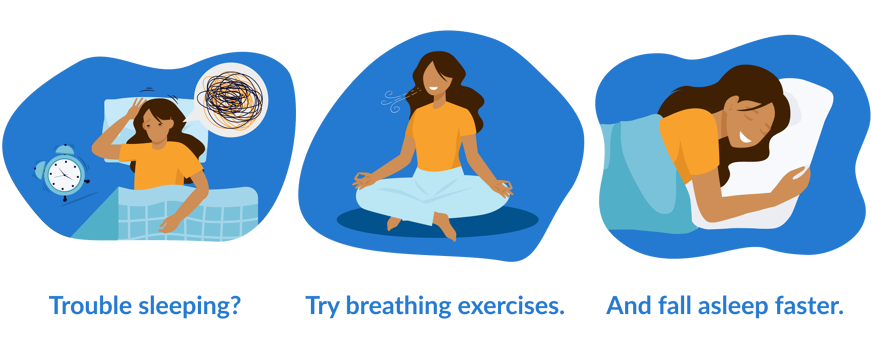
Mindfulness and meditation
Mindfulness and relaxation are integral parts of any yoga practice, and integrating these into your nightly routine can improve your sleep hygiene and greatly enhance sleep quality by easing the mind into a state of deep relaxation.
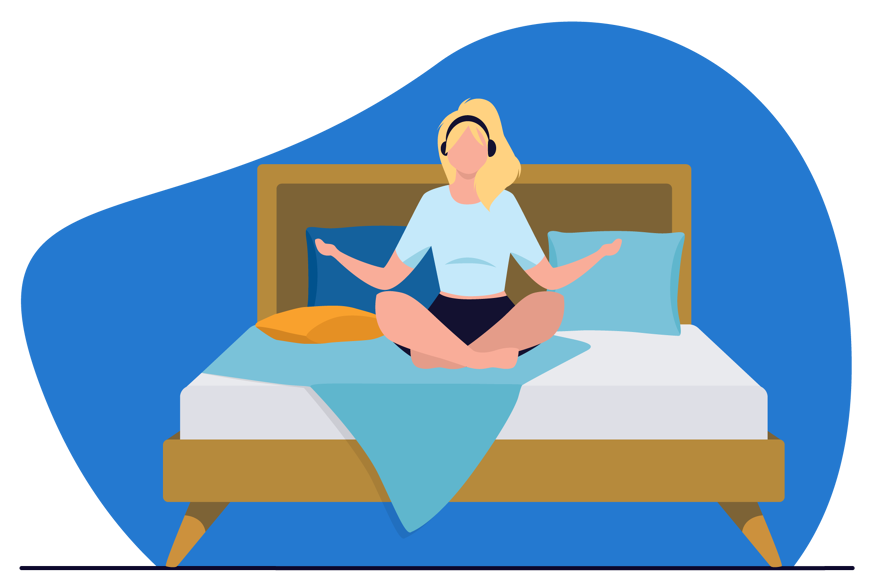
Practices such as guided sleep meditations or simply focusing on the breath can help quiet down racing thoughts and alleviate stress, making it easier to drift off into restful sleep.
Yoga Nidra
Yoga Nidra, often referred to as “yogic sleep”, is a powerful meditation technique that holds profound benefits for physical rest and mental relaxation.
Unlike traditional sleep, where consciousness drifts, Yoga Nidra guides you to a state of consciousness between wakefulness and sleep, promoting deep relaxation while remaining fully aware.
This practice involves lying down in a comfortable position and following a guided meditation that progressively relaxes each part of the body.
By doing so, Yoga Nidra helps to release built-up tension, reduce stress, and quiet the mind, which are common obstacles to a good night’s rest.
Regular practice of Yoga Nidra before bedtime can facilitate a smoother transition into deep, restorative sleep.
Yin Yoga
Yin Yoga, with its focus on deep, prolonged stretches and meditative breathing, offers a unique pathway to improved sleep.
This gentle form of yoga targets the body’s connective tissues, encouraging relaxation and release of deep-seated tensions.
By holding poses for several minutes, practitioners activate the parasympathetic nervous system, which is essential for initiating the body’s relaxation response.
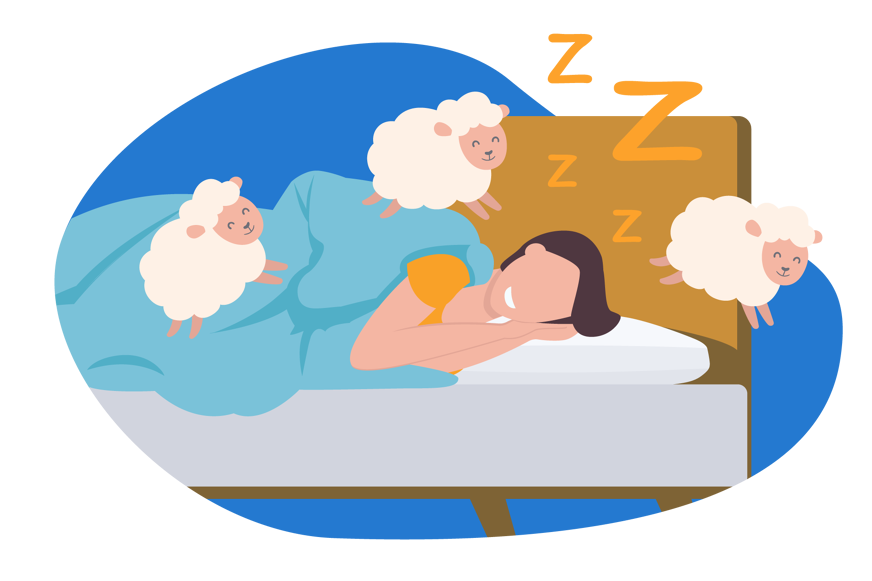
The slow and introspective nature of Yin Yoga fosters a meditative state, helping to calm the mind and alleviate the mental clutter that can hinder sleep.
This combination of physical unwinding and mental tranquillity makes Yin Yoga an excellent practice for those struggling with sleep disturbances
Incorporating yoga into your nighttime routine
Incorporating yoga into your nighttime routine can seem daunting amidst the hustle and bustle of daily life in the UK, where long hours and high stress levels are common.
However, integrating yoga into your evening can be both simple and flexible, fitting into even the busiest schedules.
Start by setting aside just 10 - 15 minutes before bed to engage in a series of gentle asanas or a short mindfulness meditation.
This small investment of time can already significantly impact your sleep quality.
If you’re concerned about physical limitations, remember that yoga is highly adaptable - poses can easily be modified to accommodate any level of flexibility or strength, and all you need is a quiet corner and a mat - or even just a soft carpet.
By demystifying the practice and focusing on its accessibility, yoga can become a valuable and achievable part of your nightly ritual, leading to improved sleep and overall well-being.
So, can yoga help improve sleep quality?
Yes, absolutely - the right kind of yoga practices focusing on rest and relaxation can calm your body and mind sufficiently to help you drift off into a peaceful slumber.
Regular practice will even help you fall asleep more quickly and enjoy deeper sleep overall.
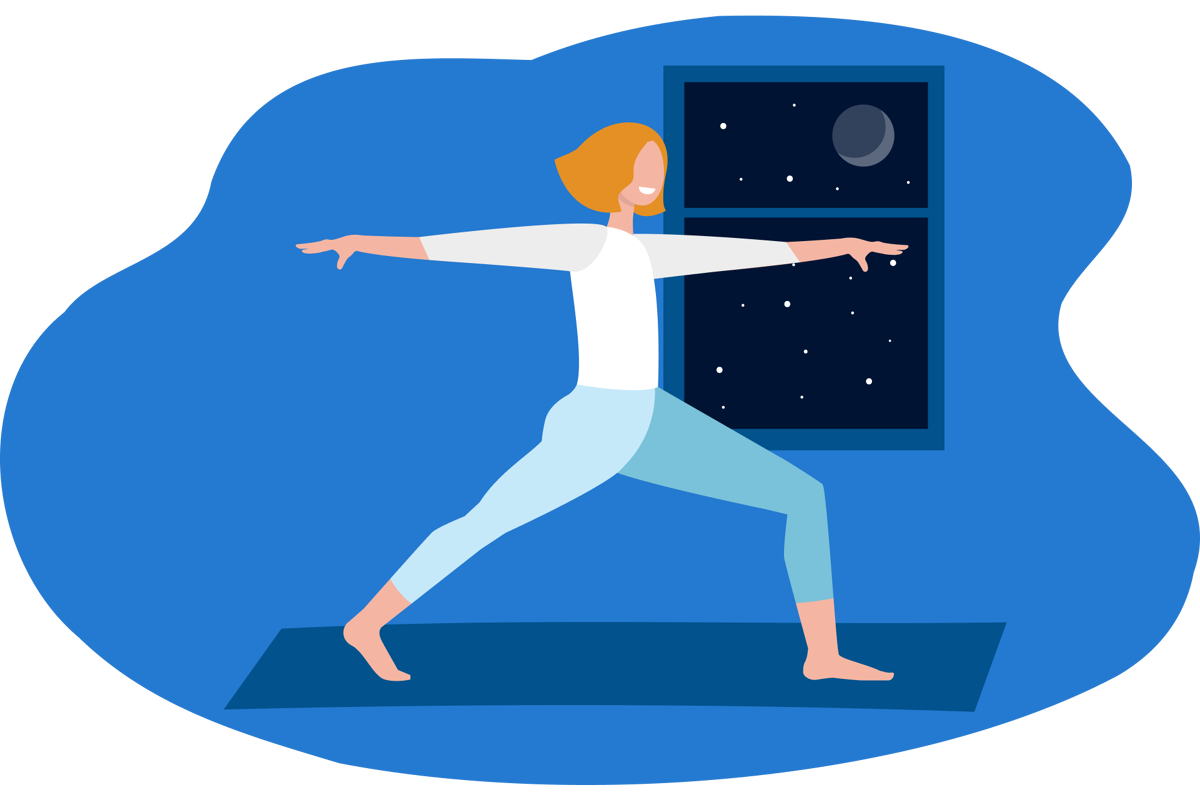





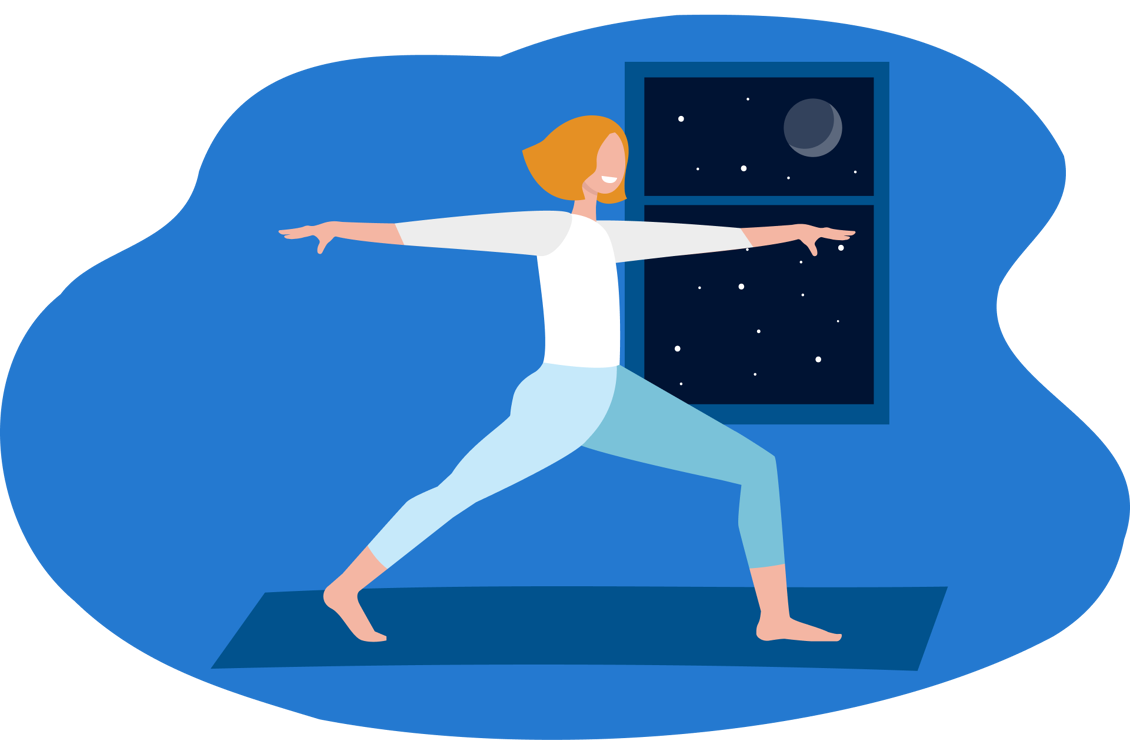


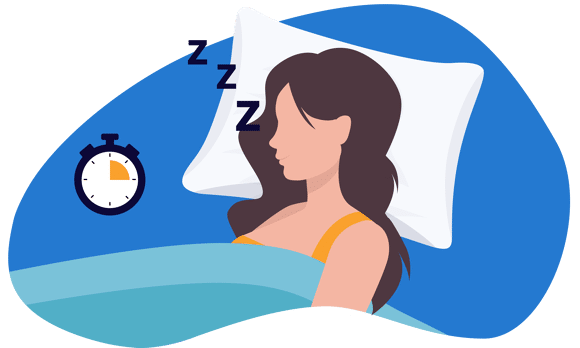


Alternatively, message us directly via the Contact Us page.